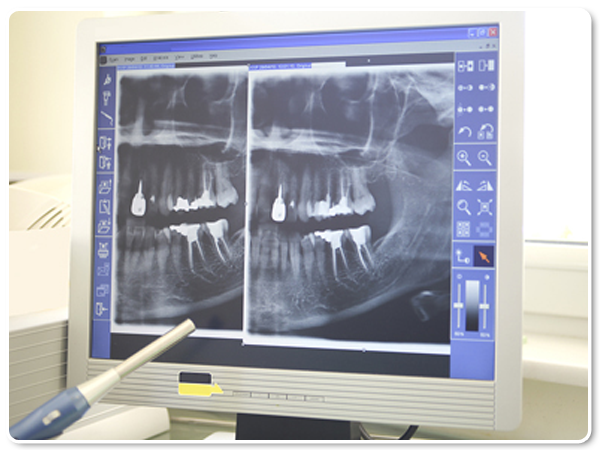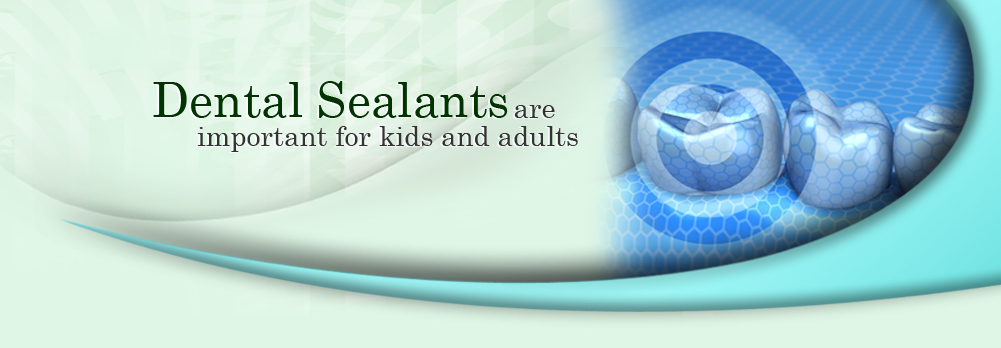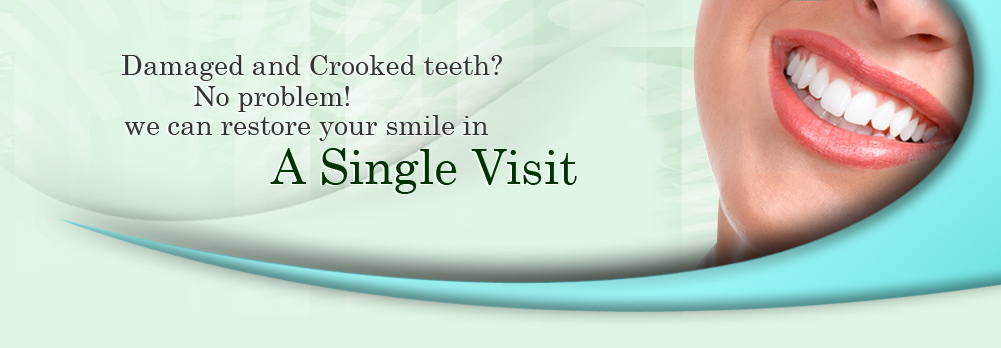Dental Radiographs
Why do I need X-rays?

Radiographic or X-ray examinations provide your dentist with an important tool that shows the condition of your teeth, their roots, jaw placement, and the overall composition of your facial bones. X-rays can help your dentist determine the presence or degree of periodontal disease, abscesses, and many abnormal growths, such as cysts and tumors. X-rays also can show the exact location of impacted and unerupted teeth. They can pinpoint the location of cavities and other signs of disease that may not be possible to detect through a visual examination.
Do all patients have X-rays taken every six months?
No. Your radiographic schedule is based on the dentist’s assessment of your individual needs, including whether you’re a new patient or a follow-up patient, adult, or child. In most cases, new patients require a full set of mouth X-rays to evaluate oral health status, including any underlying signs of gum disease, and for future comparison. Follow-up patients may require X-rays to monitor their gum condition or their chance of tooth decay.
What kind of X-rays does my dentist usually take?
Typically, most dental patients have “periapical” or “bitewing” radiographs taken. These require patients to hold or bite down on a piece of plastic with X-ray film in the center. Bitewing X-rays typically determine the presence of decay in between teeth, while periapical X-rays show root structure, bone levels, cysts, and abscesses.
My dentist has prescribed a “panoramic radiograph.” What is that?
Just as a panoramic photograph allows you to see a broad view such as the Grand Canyon, a panoramic radiograph allows your dentist to see the entire structure of your mouth in a single image. Within one large film, panoramic X-rays reveal all of your upper and lower teeth and parts of your jaw.
Why do I need both types of X-rays?
What is apparent through one type of X-ray often is not visible on another. The panoramic X-ray will give your dentist a general and comprehensive view of your entire mouth on a single film, which a periapical or bitewing X-ray can not show. On the other hand, periapical or bitewing X- rays show a highly-detailed image of a smaller area, making it easier for your dentist to see decay or cavities between your teeth. X-rays are not prescribed indiscriminately. Your dentist has a need for the different information that each radiograph can provide to formulate a diagnosis.
Should I be concerned about exposure to radiation?
All health care providers are sensitive to patients’ concerns about exposure to radiation. Prestonwood Dental uses digital X-Ray technology, which uses a minimal amount of radiation. The dental team at Dr. Daftary’s office has been trained to prescribe radiographs when they are appropriate and to tailor radiographic schedules to each patient’s individual needs. By using state-of-the-art technology and by staying knowledgeable about recent advances, Dr. Daftary knows which techniques, procedures, and X-ray films can minimize your exposure to radiation.











 My husband and I love Prestonwood Dental. I already wrote a review for Dr. Daftary, and realized I should write one for her practice as well, because she and her entire team are brilliant
My husband and I love Prestonwood Dental. I already wrote a review for Dr. Daftary, and realized I should write one for her practice as well, because she and her entire team are brilliant




